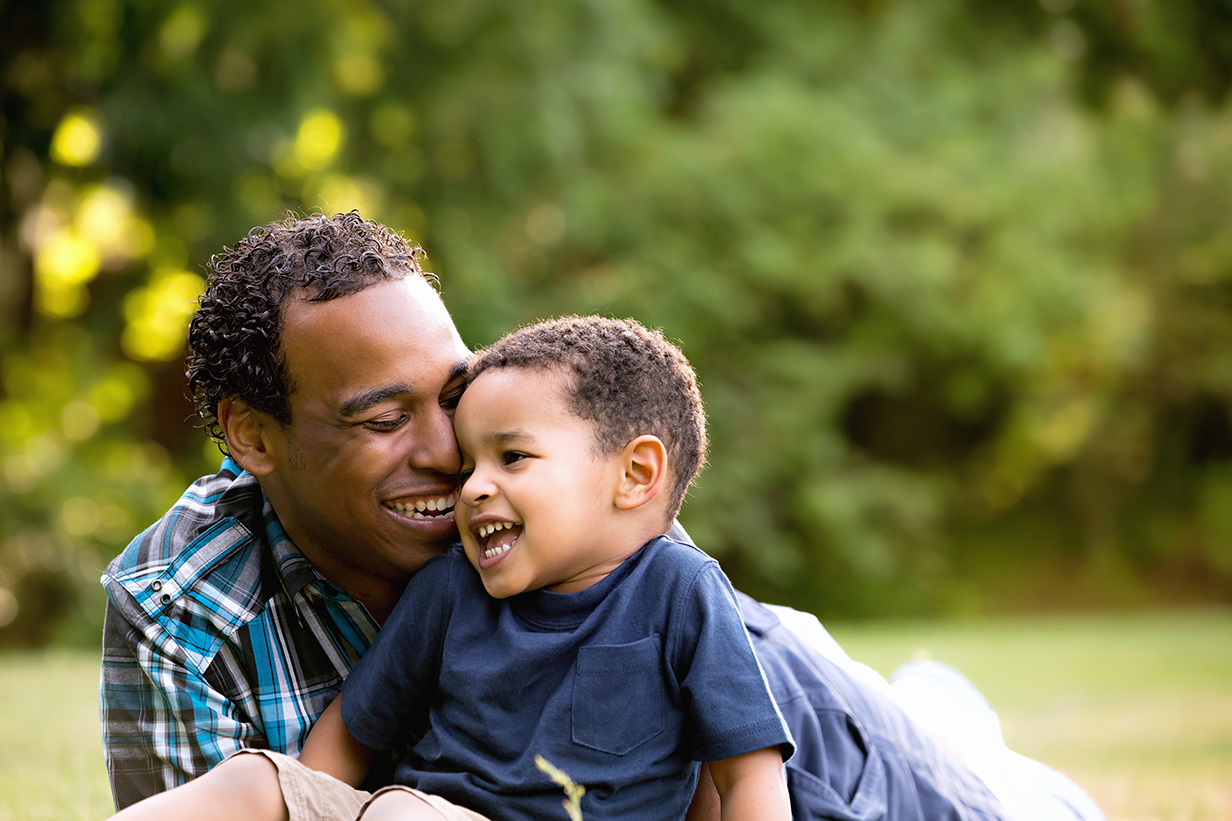The Parent's Compass: Tuning In Before Talking – Three Keys to Guiding Your Child Through Emotional Storms
Wednesday, May 14, 2025

In the rich, often unpredictable journey of parenting, we’re frequently bombarded with advice. From intricate reward systems to step-by-step discipline guides, the quest for the "right" approach can feel overwhelming. But what if the most profound shifts in our children's well-being—and our own peace of mind—stem not from complex strategies, but from a simple, intentional sequence of presence?
At Trekwise, we often see that true connection, the kind that helps children navigate their inner worlds, blossoms when we learn to tune in before we talk, to understand before we direct. It’s like having an internal compass that guides us, helping us respond not just to behavior, but to the heart of what our child is experiencing. This compass has three vital bearings: Find Calm First, Forge Connection Next, and Then, Guide the Way.
1. Finding Calm Waters: The Power of Shared Regulation
Think of a child overwhelmed by frustration, anger, or fear. Their internal system is like a ship in a storm. In these moments, our first instinct might be to reason, explain, or even discipline. But as neuroscientists like Dr. Bruce Perry teach, a child (or any of us!) cannot effectively think, learn, or connect when their stress response is in overdrive. Their "thinking brain" is temporarily offline.
This is where the Trekwise principle of intentional presence meets science. Before we can offer solutions or lessons, we must first help our child (and ourselves) find calmer waters.
Like Sarah with Mira: Remember Sarah, who stepped back instead of pushing Mira about after-school activities? She created space, reducing pressure. That’s a form of co-regulation.
What it looks like: It might be simply sitting quietly beside them, offering a gentle hum or a soft back rub if they’re receptive. It could be taking a few slow, deep breaths yourself (they’ll often mirror you). For some kids, a rhythmic activity like a slow walk, rocking, or even just listening to calming music together can help their nervous system settle. It's not about fixing the problem yet; it's about creating a safe anchor in the storm. The goal is shared calm, not immediate compliance.
2. Forging Connection: Building a Bridge of Understanding
Once the immediate storm begins to subside, and a sense of regulation returns, the path opens for true connection. This is where we listen—deeply. Before we offer advice or share our perspective, we seek to understand theirs.
This is the heart of the Trekwise approach: seeing behavior as a language, as Mira’s parents learned when they discovered her notebook. The "why does she always win?" wasn't a problem to be squashed, but a window into her struggle with fairness and feeling overlooked.
What it looks like: This means validating their feelings, even if you don’t agree with their behavior. "I can see you're feeling really angry right now." "It sounds like that was incredibly frustrating for you." It’s about letting them know their emotions are seen, heard, and accepted without judgment. It’s a space where, as we say at Trekwise, kids can feel hard things and know they're not alone. This empathy is the bedrock of trust.
3. Guiding the Way: Charting a Course Together
Only when a child feels relatively calm (regulated) and truly heard and understood (connected) are they genuinely receptive to guidance, reasoning, or problem-solving. Now, their thinking brain is back online, ready to collaborate.
This isn't about imposing solutions, but about exploring possibilities together. It’s empowering them to be part of their own "trek" towards resolution.
What it looks like: "I wonder what might help you feel better next time this happens?" "What are some ideas we could try?" For Mira, after understanding her feelings about her friend, Sarah could then explore with her, "What do you think you could say to your friend, or what could make group games feel fairer for you?" This stage is about teaching skills, exploring choices, and reinforcing their ability to navigate challenges – remembering that growth often comes through these very challenges.
The Trekwise Difference: Presence Over Prescription
This sequence—Calm, Connect, Guide—isn't a rigid formula, but a responsive, empathetic way of being with our children. It mirrors the natural, bottom-up development of the brain, ensuring a child feels safe and seen before being asked to think or change.
It’s a shift from trying to manage behavior to understanding the child. It’s about recognizing that our calm presence is often the most powerful tool we have. When we, as parents, learn to navigate our own internal compass first, we become the steady guides our children need to chart their own successful journeys.
At Trekwise, we don’t offer quick fixes, because lasting growth is rarely quick. We support families in cultivating this deep, attuned connection—the kind that empowers children to thrive, not just today, but on every step of their trek ahead.
Inspired to tune in differently? Let's explore how Trekwise coaching can support your family's unique journey.
Share this post on social media:
